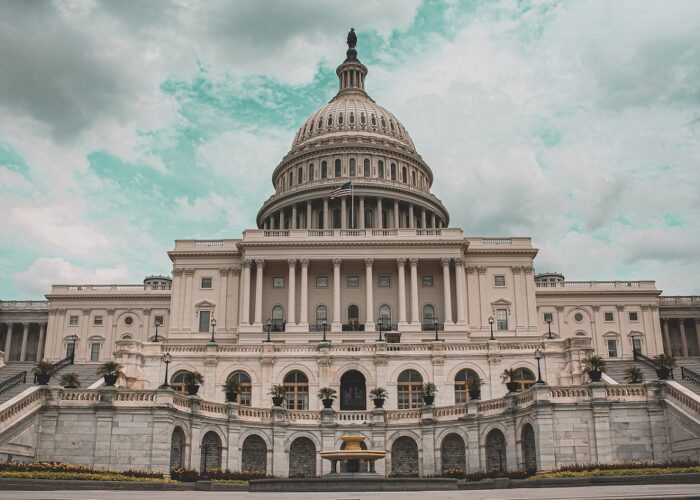
The state of Minnesota has passed an US$80 million solar and energy storage incentive programme, including multiple programmes and policy changes.
The Omnibus Environment, Natural Resources, Climate, and Energy Finance and Policy bill lists several programmes that the state will work on, such as the US$29.3 million Solar for Schools programme, which aims to provide grants to stimulate the installation of solar energy systems on or adjacent to school buildings by reducing the school’s electricity expenses and to enable schools to use the solar energy system as a teaching tool that can be integrated into the school’s curriculum.
Unlock unlimited access for 12 whole months of distinctive global analysis
Photovoltaics International is now included.
- Regular insight and analysis of the industry’s biggest developments
- In-depth interviews with the industry’s leading figures
- Unlimited digital access to the PV Tech Power journal catalogue
- Unlimited digital access to the Photovoltaics International journal catalogue
- Access to more than 1,000 technical papers
- Discounts on Solar Media’s portfolio of events, in-person and virtual
Minnesota also spares US$5 million for the Solar on Public Buildings Programme to increase solar access to a wider range of Minnesota’s communities, providing grants to stimulate the installation of solar energy generating systems on public buildings.
According to Minnesota Solar Energy Industries Association (MnSEIA), US$12.5 million is spared for Xcel Energy’s Solar Rewards programme. A total of US$420,000 is assigned for a multi-agency study and report on developing a statewide system to reuse and recycle solar panels.
Energy storage projects include a US$7 million incentive programme for on-site energy storage systems. PV Tech’s sister site Energy-Storage.News has a report focused on energy storage.
Moreover, the bill made several policy changes. For example, the Community Solar Garden Programme (CSG) updates remove contiguous county restrictions for new projects, as this arbitrary rule states that CSG subscribers have to live in the same county as the solar garden or a contiguous county. In addition, the individual garden size cap increases from 1MW to 5MW.
The bill also established a new Distributed Generation (DG) Standard that requires all utilities to meet up to 3% of solar development through non-subscribers. This is estimated to add about 800MW of new solar to the grid.
Logan O’Grady, executive director of MnSEIA, said: “The policies created in this Legislative Session will set off a historic boom for clean energy in our state. It’s a huge signal to the country that Minnesota is serious about solar and that we’re a great market to do business in.”
MnSEIA added that Minnesota’s market has been friendly to clean energy but hampered by outdated legislation, interconnection challenges, and lack of funding.







